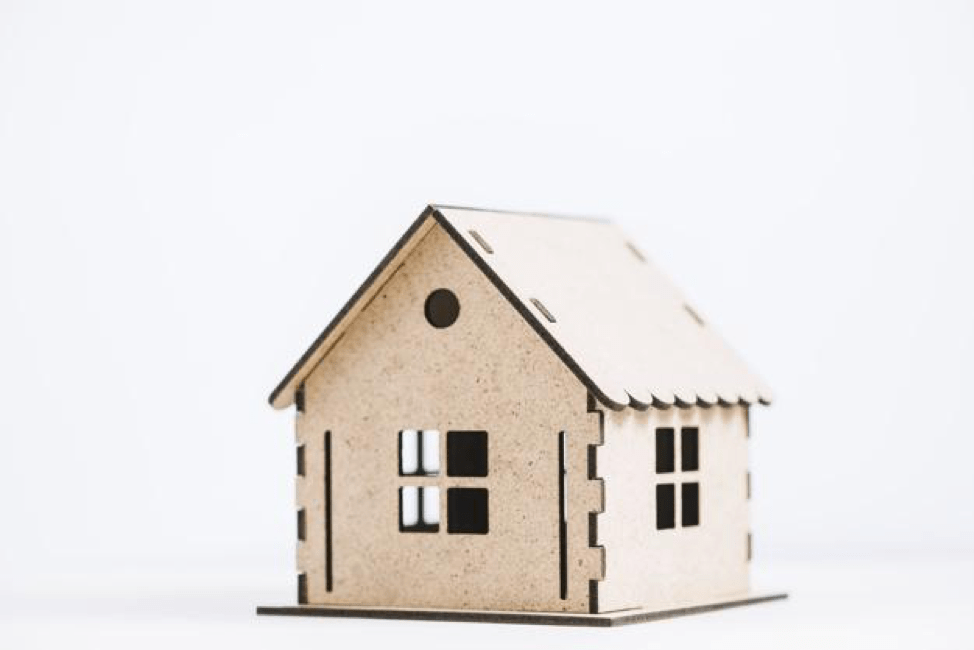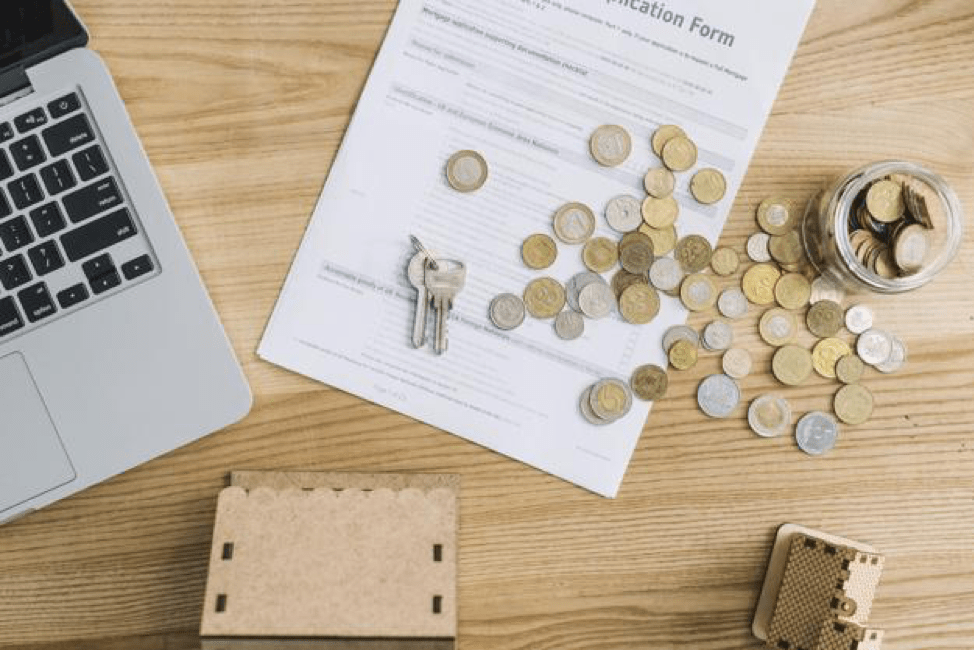
Buying your first home is an exciting prospect but it can be a little daunting when faced with all the different kinds of home loans now available. There are so many different banks and financial institutions offering loans with differing interest rates and fees, lengths of loans and benefits that it’s hard to choose which one will suit you best. There’s no longer any such thing as a simple 25-year home loan with regular repayments. And simply paying off a home mortgage as fast as you can is rare as well. There’s a plethora of new technology to help first home buyers. For instance, a borrowing power calculator helps estimate how much you can borrow, and a stamp duty calculator helps you to work out how much stamp duty you will have to pay the government.
What’s become equally as important as getting a loan to buy a house is having flexibility and peace of mind, and for that, the first-time home buyer will find a range of home loan choices offering many benefits. But they cost money and are mainly about interest rates.

These are, as the name implies, basic loans with low interest rates and very few features, with various restrictions and fees, although many banks are now offering a redraw facility. A basic home loan might not be suitable if you want to make extra payments and use them later.
You’ll get more flexibility with a standard loan than a basic one. You can also redraw any extra payments you’ve made and often with an option to switch to a fixed rate, or even split the loan with a variable portion and a fixed portion. Standard home loans will generally offer a 100 percent offset account, however, you might find a loan with a lower interest rate and similar benefits.
Home loan packages often have interest rate discounts of up to 1.2 percent but this will depend on the size of your loan; these are usually cheaper than a lot of basic loans. Home loan packages can include a credit card with no annual fee and free transaction accounts, however, there are some high package fees of up to $400 a year.
There are more things to consider than interest rates when deciding on a home loan. They include regular fees and charges, so don’t overlook them because these, plus establishment fees, can affect how much your mortgage will cost you. Also, don’t just shyly accept whatever the bank offers you because you are entitled to negotiate for a better deal. Fees can be waived and you could get an interest rate discount, especially if you’re looking to borrow a large sum. Look out for the comparison rate since that takes all the fees and charges into account and this will help you to compare loans.
Lenders can charge an upfront application fee and an establishment fee, so why not just ask that the fees are waived? You can also try negotiating a discount if refused.
If you don’t have the full 20 percent deposit you may be expected to pay this insurance which can cost you thousands and it doesn’t insure you. The lender is insured in case you can’t pay for the loan. You won’t be absolved of your debt either – the insurer can go after you to recover it. This is why a high deposit amount is in your best interests.
Lenders can charge for a property valuation, but if this is concerning you might not meet their income requirements, so before going ahead with the valuation, ask them to check; you might be expected to pay for the valuation even if your loan isn’t approved.
There are high regular and ongoing monthly or annual fees that can affect how quickly you can pay out your home loan.
If you opt for a fixed rate the exit fees will be high, and more likely if the variable rate is lower. It’s important that you know that should you need to or want to change your mortgage or get out of it the bank or financial institution might want you to pay for the ‘lost’ interest it would have received had you stayed for the life of the loan. It’s known as a ‘break cost’.
With the current historically low interest rates we have in Australia, it’s very tempting to opt for a fixed rate on your home loan but be aware that these come with reduced flexibility. And if you wish to pay out your home loan early or move, there are high costs involved. Some fixed loans let you pay extra, there usually are limitations – some won’t even allow extra repayments – which means high amounts of interest over time. You just can’t beat the bank on interest rates and you can never tell whether you’ll save by fixing over the next three or five years. It’s best to borrow knowing you can afford the higher rates. If you can’t do that then splitting the loan into half fixed and half variable could be a good choice. This way you get the best of both home loan worlds because you can pay extra on the variable portion and still have the fixed rate portion’s security.

There’s a big demand for interest-only loans at the moment with the low interest rates available, but it can be a financially dangerous mix if the banks or financial institutions don’t correctly assess your situation and interest rates rise again or your income decreases. The repayments are higher once the interest-only stage finishes, so borrowers are exposed to risks.
Before you even look for your new home, here are some strategies to protect you from getting caught in a risky loan.
Once you’ve received your home loan:
After the Banking Royal Commission in Australia, banks and financial institutions will probably not be as willing to offer risky no-deposit loans which were rising late last year with lenders relaxing their standards. So it’s crucial that you have a healthy deposit. If your home is going to cost $400,000 and your deposit is $20,000, you could pay:
The riskiest of all is a 40-year mortgage. Extending a mortgage to 40 years doesn’t help if you can’t afford it because the minimum repayments aren’t very much lower. Instead, over the life of the loan, you could pay thousands more in interest.
You will pay an estimated extra –
And this can depend on interest rate rises and reductions.
Alex Morrison has been at Integral Media for over 10 years. In this time he has worked with a range of businesses giving him an in depth understanding of many different industries including finance, home improvement and health care. As the owner of Integral Media he is now utilising his knowledge and experience with his rapidly increasing client portfolio to help them achieve their business goals.
Session expired
Please log in again. The login page will open in a new tab. After logging in you can close it and return to this page.